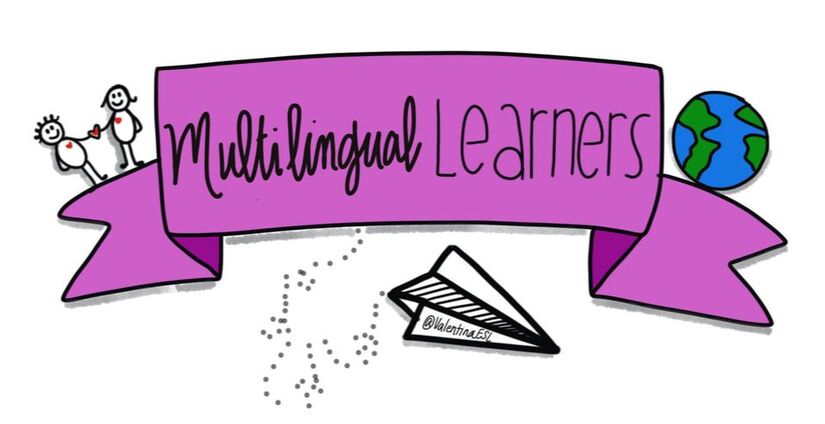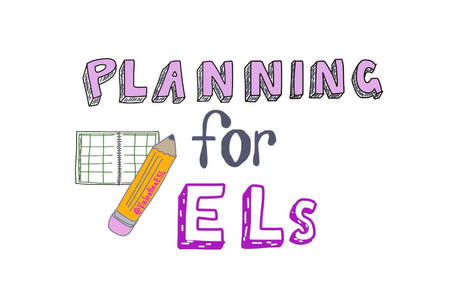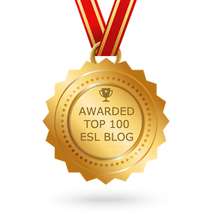In 3 Easy StepsPlanning is an essential part of all instruction no matter if you serve ELs or not. We have to have a plan if we want to meet a desired outcome. For our ELs this is even more important. Below you will uncover 3 easy steps to help you begin planning instruction for ELs in your classroom. To learn more about scaffolding instruction for ELs, click here or browse the categories on the right side bar. If you fail to plan, you are planning to fail. -Benjamin Franklin 1. Find out who your ELs are. Your first step is to find out who the English learners are in your classroom. There are many ways to find out. Depending on how your campus is structured, you may have an ESL facilitator or Academic Support Teacher who can provide you with a list of the ELs in your class. It's important that you are aware of all the students in your classes that are identified as ELs and those whose parents waived/denied services. A few years ago, I co-taught in a classroom where we had a student whose parents waived/denied ESL services. The student struggled with academic language and needed scaffolding and accommodations in order to be successful with classwork. Obviously, the child received the support she needed just like any one would. 2. Learn everything you can about them. This one is HUGE! It goes beyond a list of names. It means REALLY get to know them. Where did they attend school last? Did they attend school regularly? How much language and literacy do they have in their native language? Is their native language alphabet similar to ours? How much do they have in English? How long have they been in the US? Are they here alone or with family? How motivated are they to learn English? What is their family life like after school? What are their hobbies and interests? The answers to these questions can reveal how you can help them with their English language development. Many states have language assessments. If that information is available, it will provide important information. Oral proficiency tests, standardized assessments, formative assessments can all be used to guide your work with ELs. The best part of this step is that it fosters a relationship. When your ELs feel that you genuinely care about them and want to know them, they will want to do well. How does the saying go...They don't care what you know until they know you care. 3. Use the information you have about your ELs in your lesson plans. Now that you know who your ELs are and you've learned about them, you can leverage that information to make their learning experience relevant and compelling. Culturally responsive teaching incorporates the students' cultures into daily instruction. When students make connections and feel that what they are learning is relevant to them, they take ownership of it and engage. Critically important here will be employing the correct scaffolds and accommodations for your ELs. A beginner EL will need different supports than an Advanced EL. However, they both need targeted accommodations to propel their language proficiency forward in listening, speaking, reading, and writing. A common misconception is that Advanced and Advanced High ELs don't need accommodations. In fact, they do. They need specific supports to push them forward as well. If we don't target and intentionally plan for them, they will plateau and stay at those levels for much longer than necessary. Another misconception here is the order of events: plan, teach, mark accommodations used. In reality, we should: examine accommodation needed, plan, teach. Why? Because when we start by examining accommodations needed, we are planning intentional scaffolds for our students based on their language proficiency levels. In the other scenario (plan, teach, mark accommodations used), we aren't considering our students. Accommodations are happening on a whim. Sometimes a whim works out, but that's not a powerful way to teach our ELs. Essentially, 3 steps: 1. Find out who your ELs are. 2. Learn everything you can about them. 3. Use the information you have about your ELs in your lesson plans. The video below explains 4 effective strategies you can employ in any classroom k-12 to help ELs in your classroom. If you are an ESL, ELT, ELL Teacher and this was all old information to you, pass it along to a classroom teacher or a new teacher who may benefit from the extra advice. Sharing is caring.
Paul Badura
12/4/2020 12:50:17 am
I’d like to follow your site Comments are closed.
|
Categories
All
|


 RSS Feed
RSS Feed
